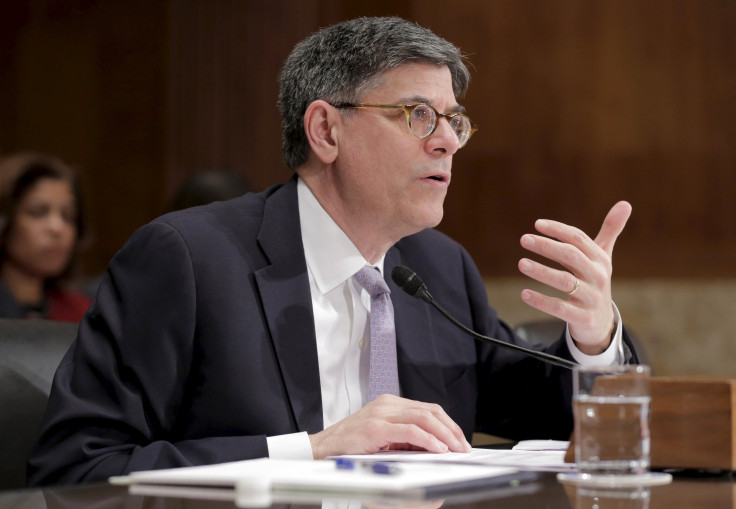Treasury Says Hedge Funds Have Stunted Oversight After Public Pension In New York Divests Billions

Less than a week after New York City’s largest pension announced it was divesting from hedge funds because of high fees and poor performance, the U.S. Treasury Department released a report Monday noting there is no single regulator in the U.S. that has the ability to totally understand and monitor the risk profile of those investments.
“No single regulator has a complete window into the risk profile of hedge funds,” said the report, which focused on the amount of borrowing and leverage involved in different types of investment.
The report notes that $3.4 trillion is now invested in hedge funds. A sizable portion of that comes from public pensions — some of which have been reconsidering their hedge fund portfolios.
The decision on behalf of the Big Apple’s largest public pension, New York City Employees’ Retirement System (NYCERS), to divest from hedge funds was seen as a significant blow to the industry, which likes having pension investments because they tend to leave their money invested longer than individuals do and add stability. But, the divestment also follows the 2014 decision by the California Public Employees’ Retirement System (CalPERS) to pull its $4 billion investment in hedge funds. NYCERS, which had a total of $51.2 billion in assets earlier this year, contributed to what some researchers said was a $19.8 billion outflow from hedge funds in January, which would make it the worst month for the industry in that regard since 2009, according to Reuters .
At the time, the CalPERS decision was seen as symbolic and perhaps emblematic of a growing dissatisfaction with hedge funds in general. In addition to the lack of transparency, hedge funds are frequently criticized for having high costs while providing lackluster returns. CalPERS paid out around $135 million in fees in its final year with hedge fund investments and NYCERS paid $40 million in fees in 2015.
In addition to noting the opaque nature of hedge funds, the report also lists several steps it says should be considered to counteract this seeming lack of accountability for hedge funds, which use high-risk methods of investment with borrowed money. Those measures include the adoption of new liquidity risk management practices, limiting the ability of hedge funds to own assets with low levels of liquidity, requiring hedge funds to report liquidity profiles and further disclosure of external sources of financing for the funds.
© Copyright IBTimes 2025. All rights reserved.






















